How to buy a bottle of fine wine good enough to pass down as an heirloom
How to buy a bottle of fine wine good enough to pass down as an heirloom
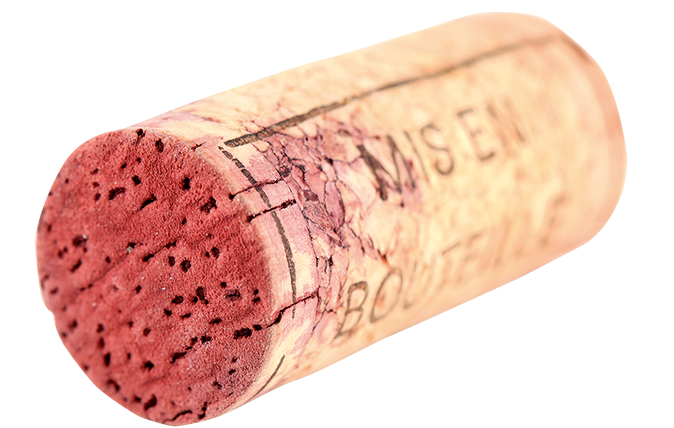

When looking to buy an heirloom in the field of wine, it’s best not to stray from the arena of classic regions such as Bordeaux, Burgundy, Champagne or vintage Port.
The logic is sound: wines from these places not only have a long and fairly predictable future ahead of them in terms of drinking potential, but the best will also appreciate steadily in value should your offspring turn out to be teetotal and more likely to sell the stuff rather than pull the cork.
Some might argue that the odd famous wine from Spain, Italy or Australia could also join the list, and that’s true, but these are likely to be more on the borderline of your personal preference as against a certain bet for a worthwhile heirloom.
The wine market has been this way for the past 50 years and, for heirloom purposes at least, unlikely to change much in the next 50. Don’t forget that fine-wine drinkers are a pretty conservative and risk-averse bunch in the main.
Up to £5,000 at auction
There’s great choice at this level, including 12-bottle cases, ideally still packed in their original wooden case or carton. Younger vintages of most of the classic first-growth Left Bank wines of Bordeaux can be found around the £3,000 to £5,000 mark. Châteaux names such as Lafite-Rothschild, Latour, Mouton-Rothschild, Margaux and Haut-Brion will be familiar to many.
To buy: Château Haut-Brion 2007, £3,000; Château Latour 2008, £4,500; Château Margaux 2011, £3,500
£5,000 to £10,000
At the next bracket up the main factor to consider is the all-important vintage or year of production — the better the year, the higher the price, of course. Modest vintages such as 2007 or 2011 could be a starting point, while for serious years such as 2005 and 2009 the price for wine from the same château could be doubled or perhaps more.
Sign up for the Country Life Newsletter
Exquisite houses, the beauty of Nature, and how to get the most from your life, straight to your inbox.
Vintage Port was — and, in some cases, remains — the quintessential ‘heirloom’ purchase with a ‘pipe’ (meaning about 733 bottles) being the standard measure to lay down for a lucky infant. When he or she reaches the age of majority, the newly mature owner could then elect to either consume or sell the 20-year-old Port, according to their situation and wishes.
A wide range of superb young Ports trade from about £1,000 per dozen – and often much less, as in the case of Taylor’s future classic 2011 at £650 to £700 for 12 bottles under bond.
To buy: Château Lafite-Rothschild 2000, £14,000; Château Mouton-Rothschild 2000, £15,000; Chambertin 2010 from Armand Rousseau, £18,000
£20,000 to £50,000
As you spend more, other evocative Bordeaux names such as Pétrus and Le Pin will enter the equation. In Burgundy, this figure will also get you into Grand Cru territory — famous single-vineyard wines from a well-respected domaine. Both red and white are available, but if you want a Grand Cru from a top-rated domaine in a superb year such as 2009 or 2015, the price will quickly accelerate into the stratosphere as Burgundy is made in tiny quantities compared to Bordeaux and all the world’s wine lovers are hoping to land a case or two for their cellar.
To buy: Château Lafite-Rothschild 1982, £35,000; La Tache DRC 2005, £32,000; Château Pétrus 1998, £28,000
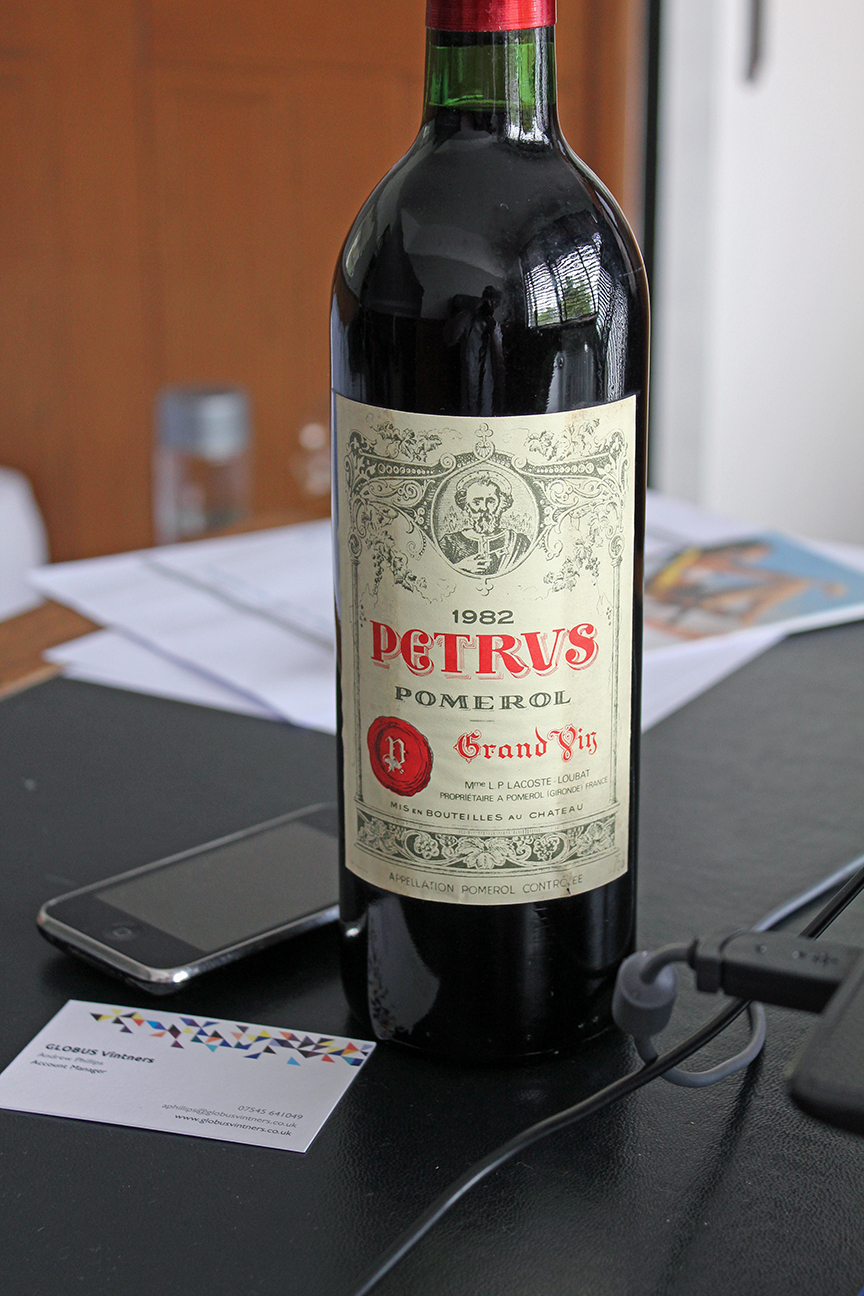
Beyond £50,000
At this level, the best advice is to collect wines you know or know about and buy from someone you trust and who most likely will still be around in 20 years should your offspring want to sell rather than consume. The lifespan of different wines can vary enormously — even the most modest vintage of a first-growth Bordeaux or Grand Cru Burgundy deserves 15 to 20 years of maturity and a great Vintage Port can still be evolving after 50-plus years. For Champagne, I would venture that a 20-year-old vintage would be considered by many as ideal — currently a 1995 or 1996.
To buy: Château Pétrus 1982, £50,000; Romanée-Conti 2013, £120,000; Le Pin 1982, £100,000
Alternative view
If this purchase is to eventually to be enjoyed, it’s worth thinking about buying something that isn’t too prohibitively expensive to actually drink, says wine merchant Alistair Viner of Mayfair’s fine-wine and spirits boutique Hedonism Wines:
‘Some Californian wines — those from the 1980s or 1990s — are both drinking nicely and are very affordable, as are some interesting South African wines from the same period,' he says.
'Alternatively, go for smaller or newer producers in places such as Spain or Portugal.
'Overall, remember wine that’s bottled is meant to be drunk and take advice on what’s going to last the distance and be enjoyed in 30 years’ time.’
Country Life is unlike any other magazine: the only glossy weekly on the newsstand and the only magazine that has been guest-edited by HRH The King not once, but twice. It is a celebration of modern rural life and all its diverse joys and pleasures — that was first published in Queen Victoria's Diamond Jubilee year. Our eclectic mixture of witty and informative content — from the most up-to-date property news and commentary and a coveted glimpse inside some of the UK's best houses and gardens, to gardening, the arts and interior design, written by experts in their field — still cannot be found in print or online, anywhere else.
-
 'There is nothing like it on this side of Arcadia': Hampshire's Grange Festival is making radical changes ahead of the 2025 country-house opera season
'There is nothing like it on this side of Arcadia': Hampshire's Grange Festival is making radical changes ahead of the 2025 country-house opera seasonBy Annunciata Elwes
-
 Welcome to the modern party barn, where disco balls are 'non-negotiable'
Welcome to the modern party barn, where disco balls are 'non-negotiable'A party barn is the ultimate good-time utopia, devoid of the toil of a home gym or the practicalities of a home office. Modern efforts are a world away from the draughty, hay-bales-and-a-hi-fi set-up of yesteryear.
By Annabel Dixon
-
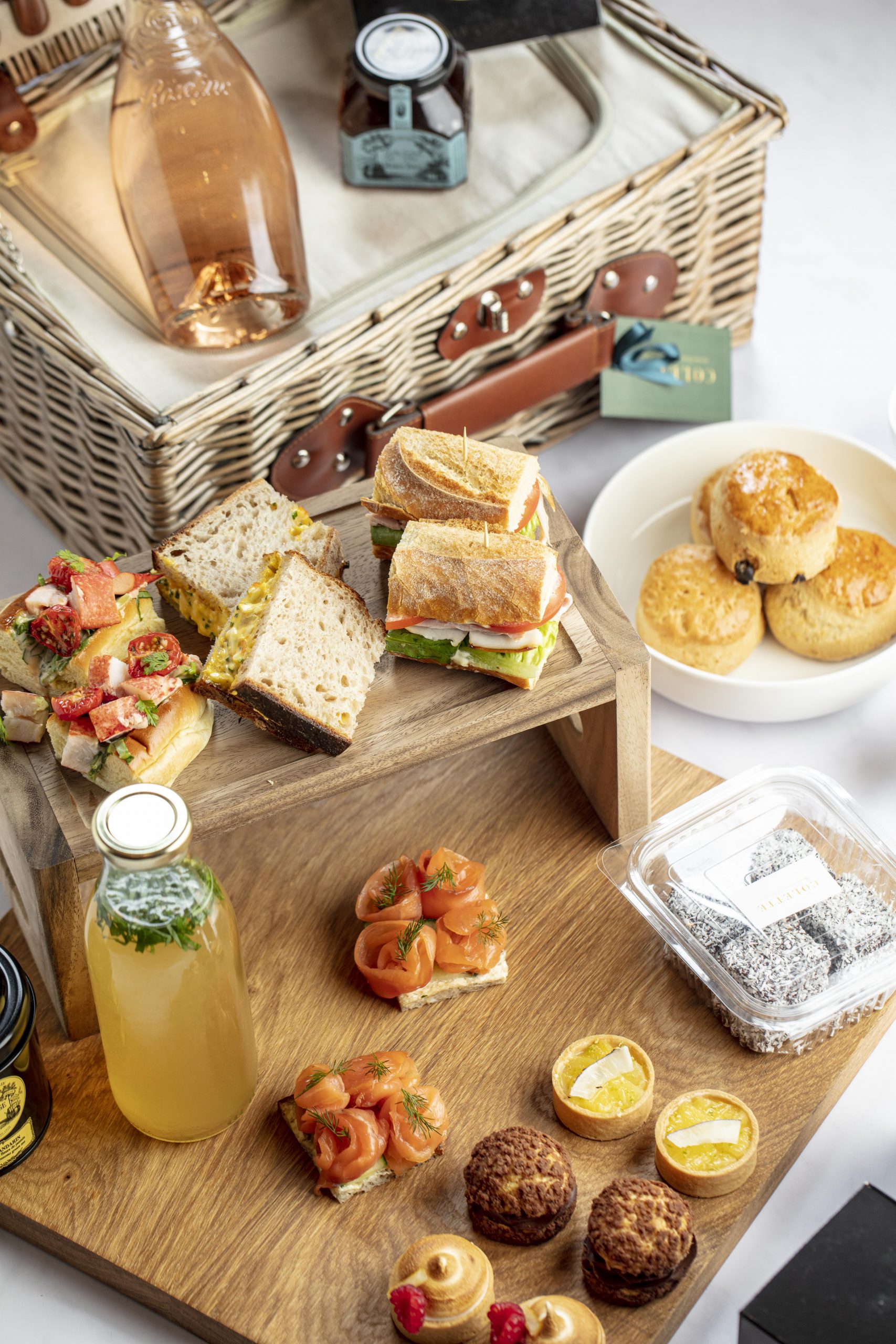 Everything you need to throw the perfect posh picnic, from luxurious wool rugs to ready-made cocktails
Everything you need to throw the perfect posh picnic, from luxurious wool rugs to ready-made cocktailsWe're not saying that you'll need all these items for a picnic, but we can guarantee you'll want them.
By Lydia Stangroom
-
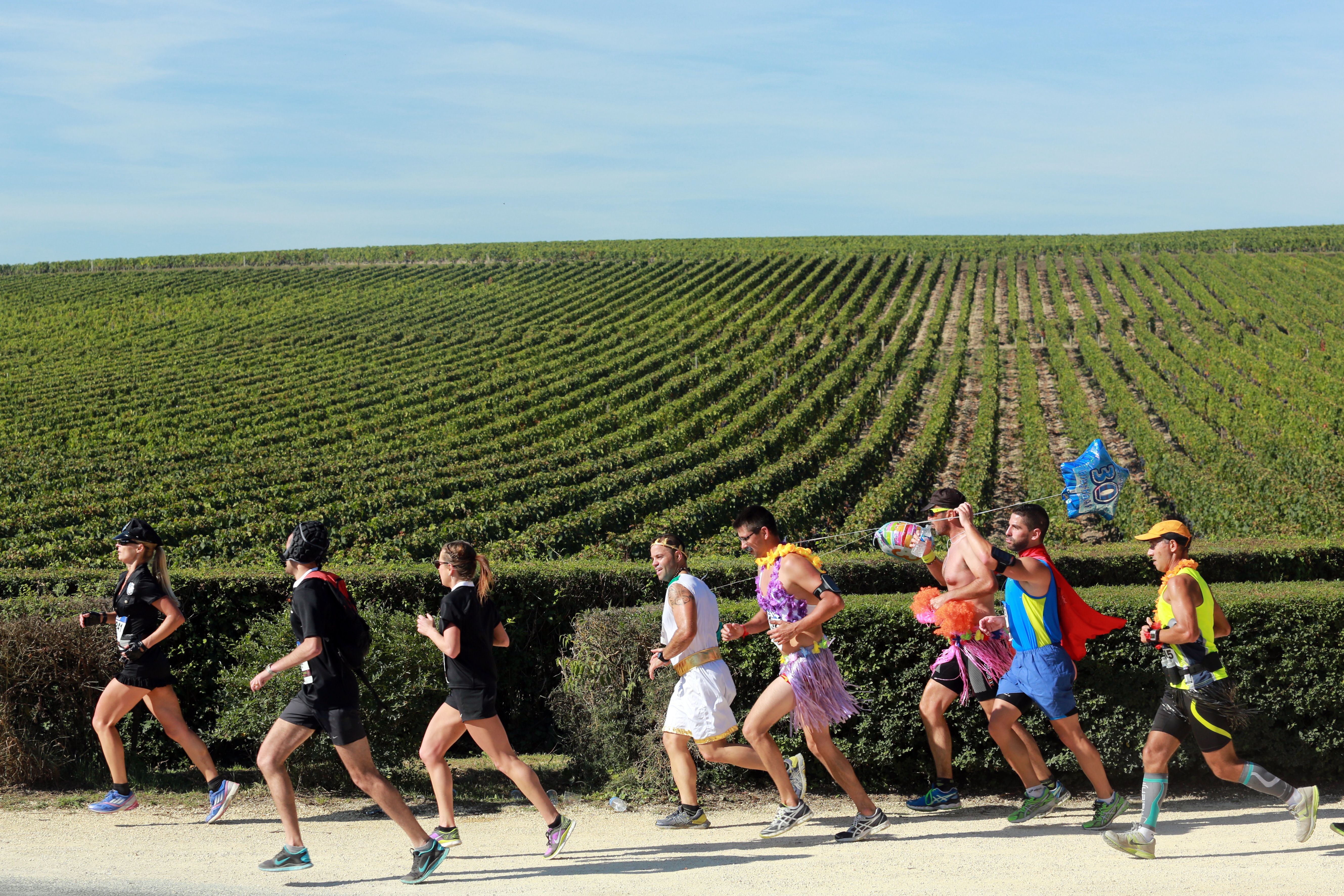 26 miles of wine and cheese: The madness of the Marathon du Medoc, the world’s daftest (and booziest) running race
26 miles of wine and cheese: The madness of the Marathon du Medoc, the world’s daftest (and booziest) running raceIt’s been dubbed ‘the world’s most idiotic marathon’: a 26-mile run through vineyards, fuelled by wine and cheese. Emma Hughes finds out if she has the stomach for the legendary Marathon du Médoc.
By Emma Hughes
-
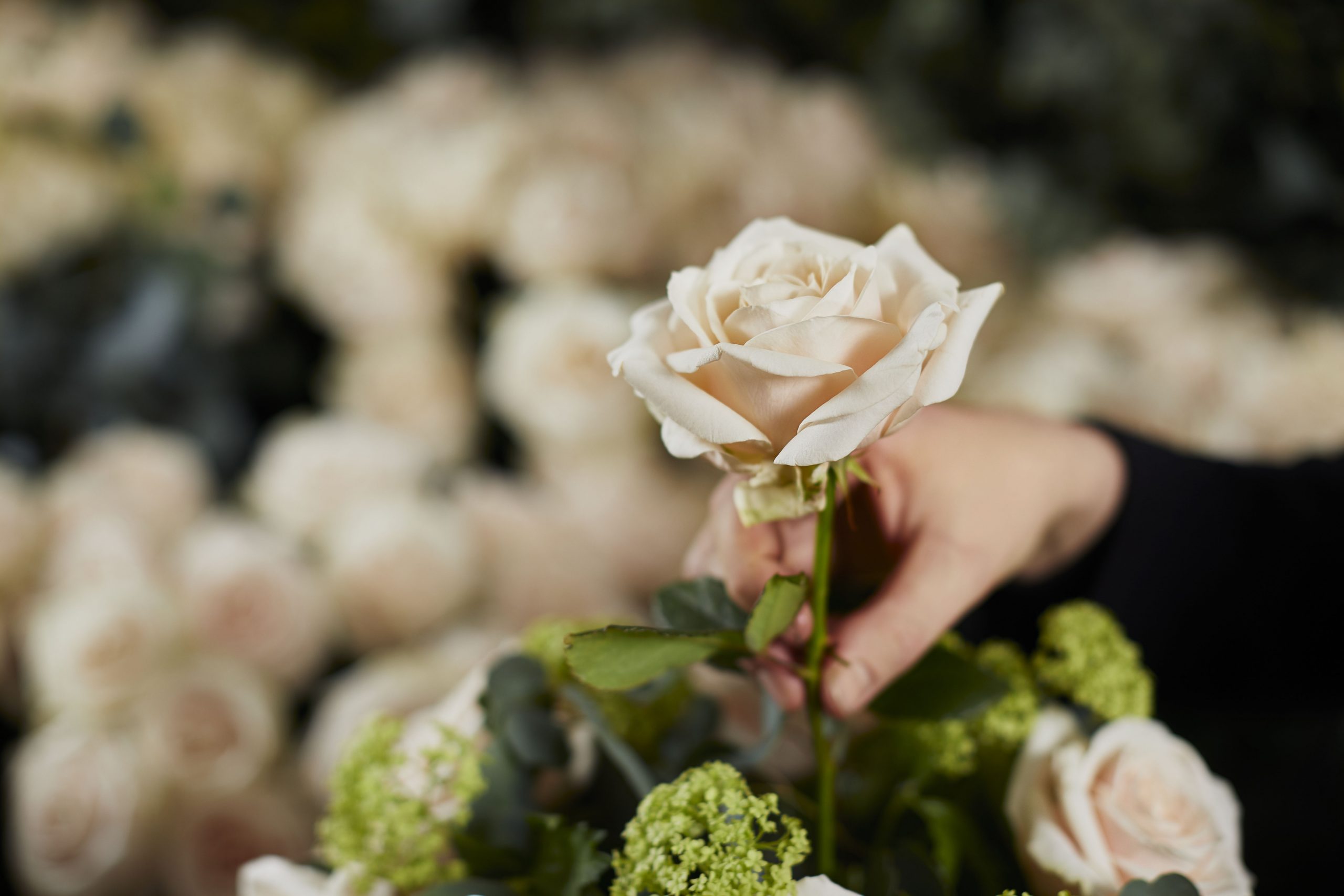 The Utterly Inessential Valentine's Shopping List Part II: Pink gin, heart-shaped earrings and a dog bed for the true love of your life
The Utterly Inessential Valentine's Shopping List Part II: Pink gin, heart-shaped earrings and a dog bed for the true love of your lifeEvery year, we round up the top gifts one could possibly give without going over-the-top-crazy for Valentine's Day. Fortunately, this year our Utterly Inessential columnist is in love. Unfortunately, her heart still belongs to gin. You can't win them all.
By Alexandra Fraser
-
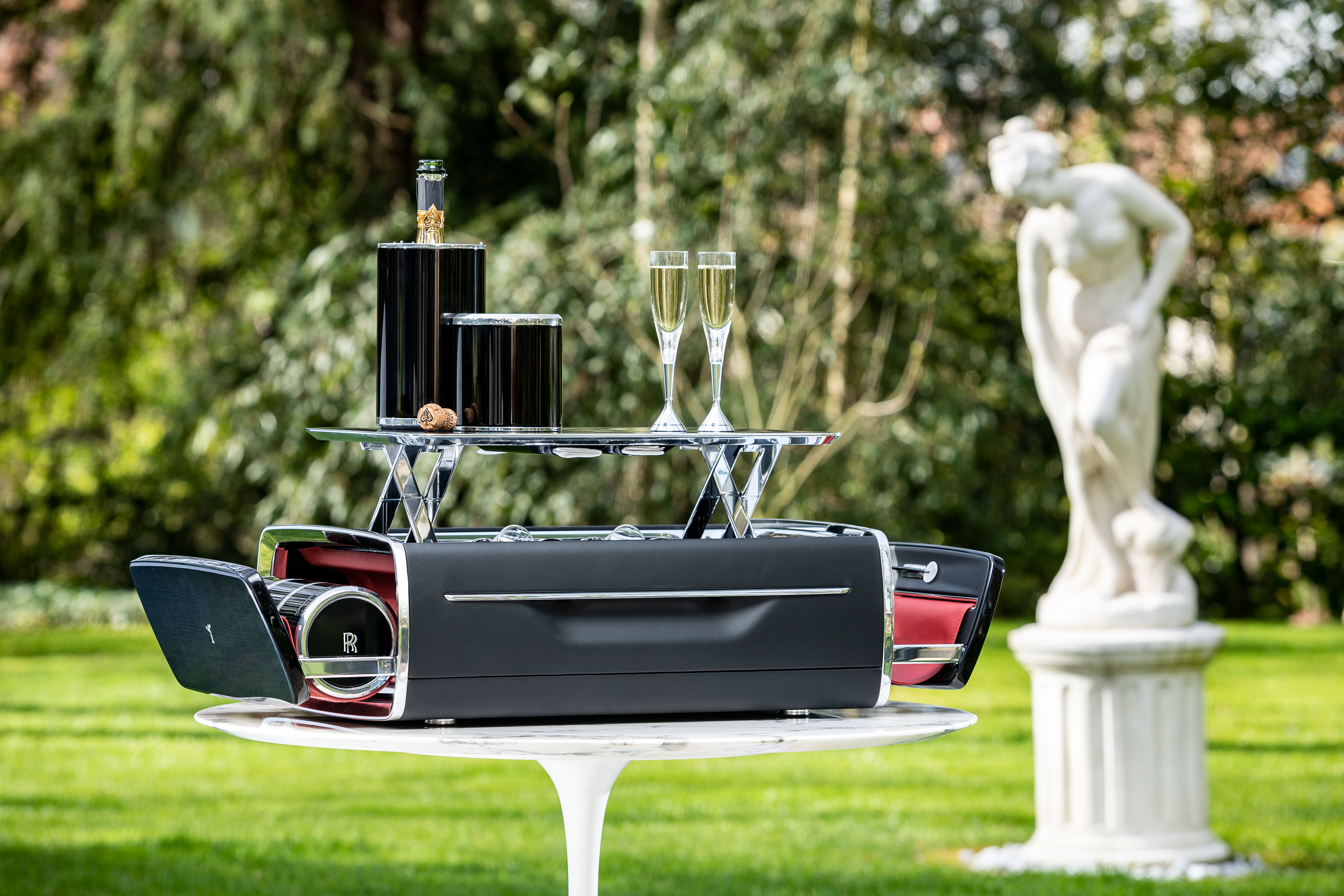 The newest addition to the Rolls-Royce fleet? Not a car, but a rather incredible Champagne chest
The newest addition to the Rolls-Royce fleet? Not a car, but a rather incredible Champagne chestFor the places that their famous cars cannot go, Rolls Royce have created the perfect dining companion, perfectly paired with the offerings of Jay-Z's own Champagne house.
By Alexandra Fraser
-
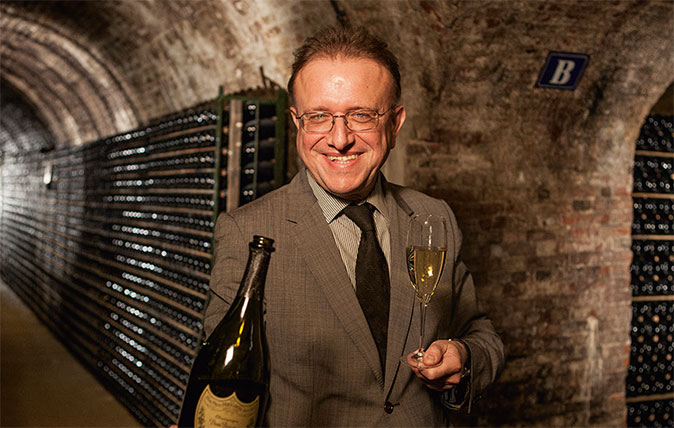 Dom Pérignon’s chef de cave on life, grapes and his favourite vintage
Dom Pérignon’s chef de cave on life, grapes and his favourite vintageRichard Geoffroy spoke to Country Life about living – and working – in Champagne.
By Annunciata Elwes